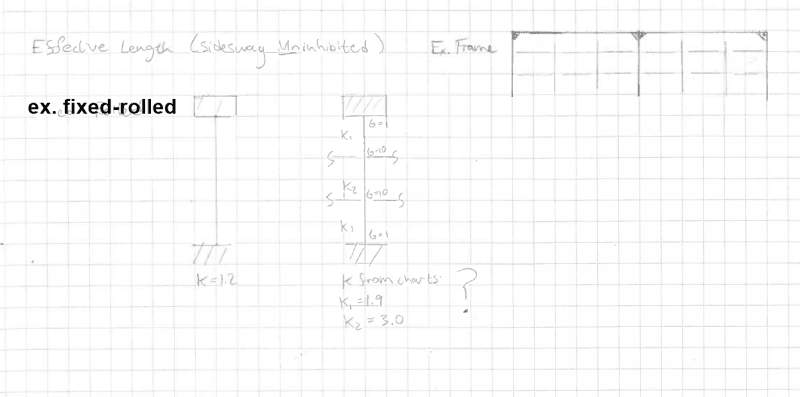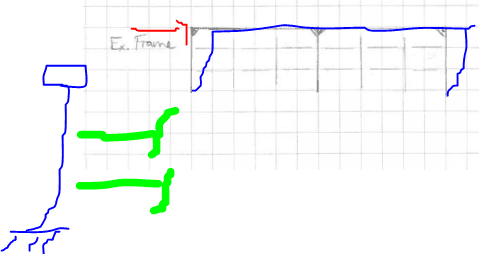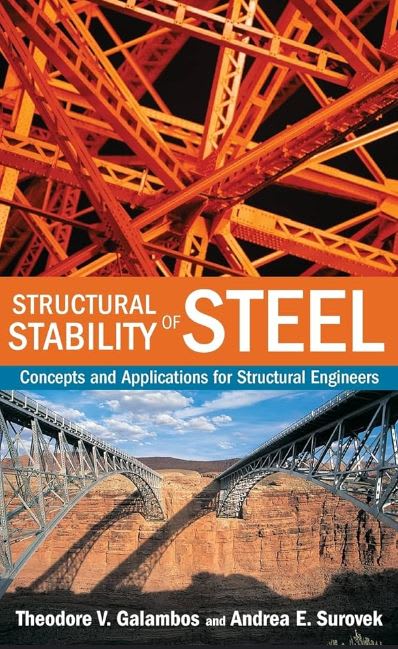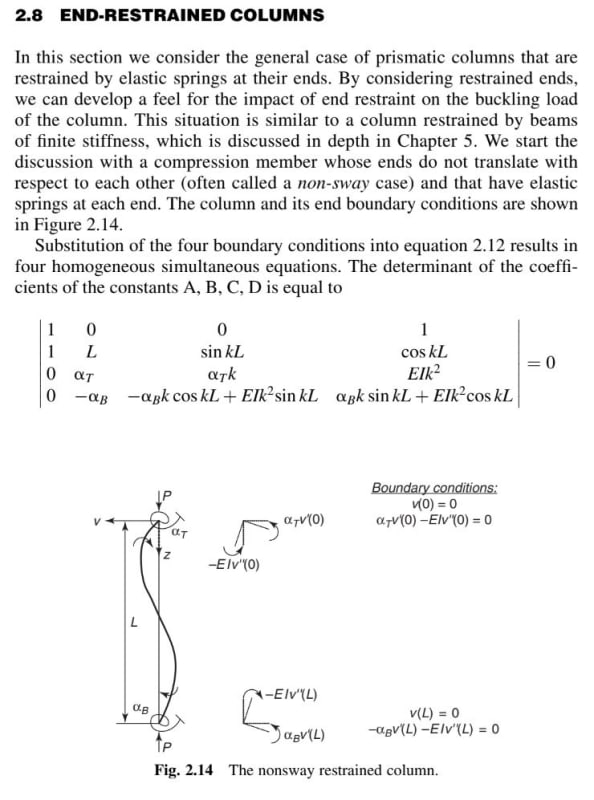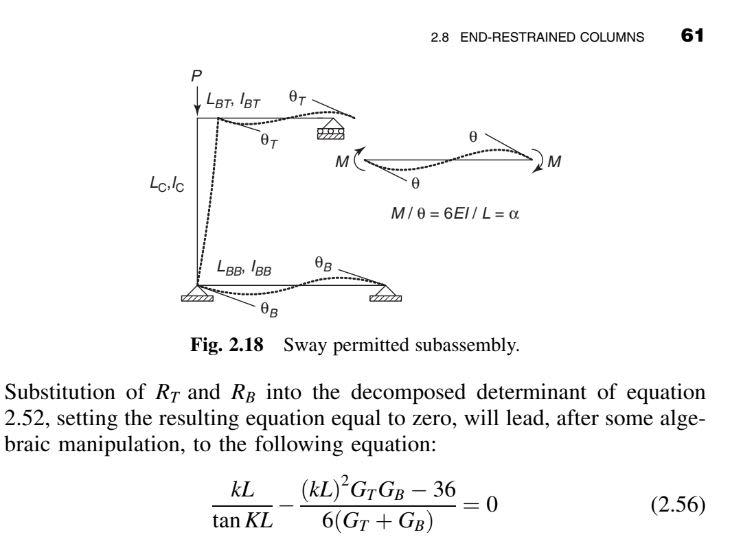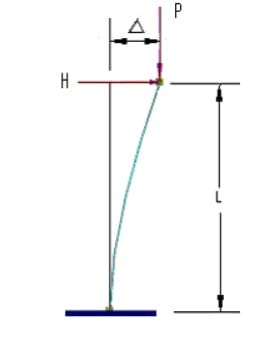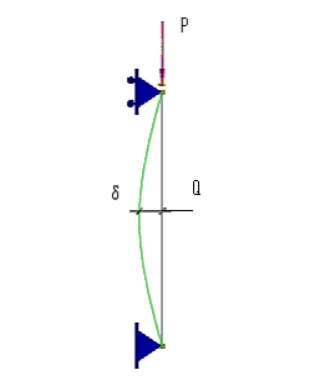matty54 said:
..or would I just ignore the intermediate members completely if they are all pinned and use the entire length of the column with K=1.2?
I feel that's your path forward with respect to the equivalent length method. It's simple and very commonly done that way.
The intermediate floor members probably will have a minor bracing effect but:
a) I expect that would be of so little value that it would not justify the extra effort.
b) That bracing effect may be subject to various assumptions that may render it somewhat unreliable.
A way to test this would be to model everything and apply only your lateral loads to the frame. If meaningful forces develop in the intermediate beams, then they probably do some real bracing. If the forces developed in the intermediate beams are trivial -- as I expect that they would be -- then the bracing effect of the beams will also be trivial.
One way to think of this is:
1) Anything that constrains the deformation shape of the buckled frame will do something to brace the frame.
2) A minor impact on the shape of the buckled frame implies a minor bracing effect.
The direct analysis method is an expeditious tool for design in the hands of a skilled designer. That said, I often see the method applied like this:
a) Model everything, k=1, modifiers per the method.
b) Accept the results, whatever they are, without thinking about them. Let every damn thing offer some amount of bracing to every other damn thing.
A nice feature of the equivalent length method is that it forces to the designer to think about what is actually going on in the structure and to be deliberate about what is being used for bracing.
I feel that a direct analysis method buckling check should always be validated by some manner of equivalent length method check. If the system is too complex for those two methods to be reconciled, I would take that as evidence that the bracing system being used may be too complex to be practical. One doesn't want to be designing a column in Chicago to be reliant on some diagonal kicker out in Phoenix. Stability is too mission critical to allow its specification to be so laissez faire.
